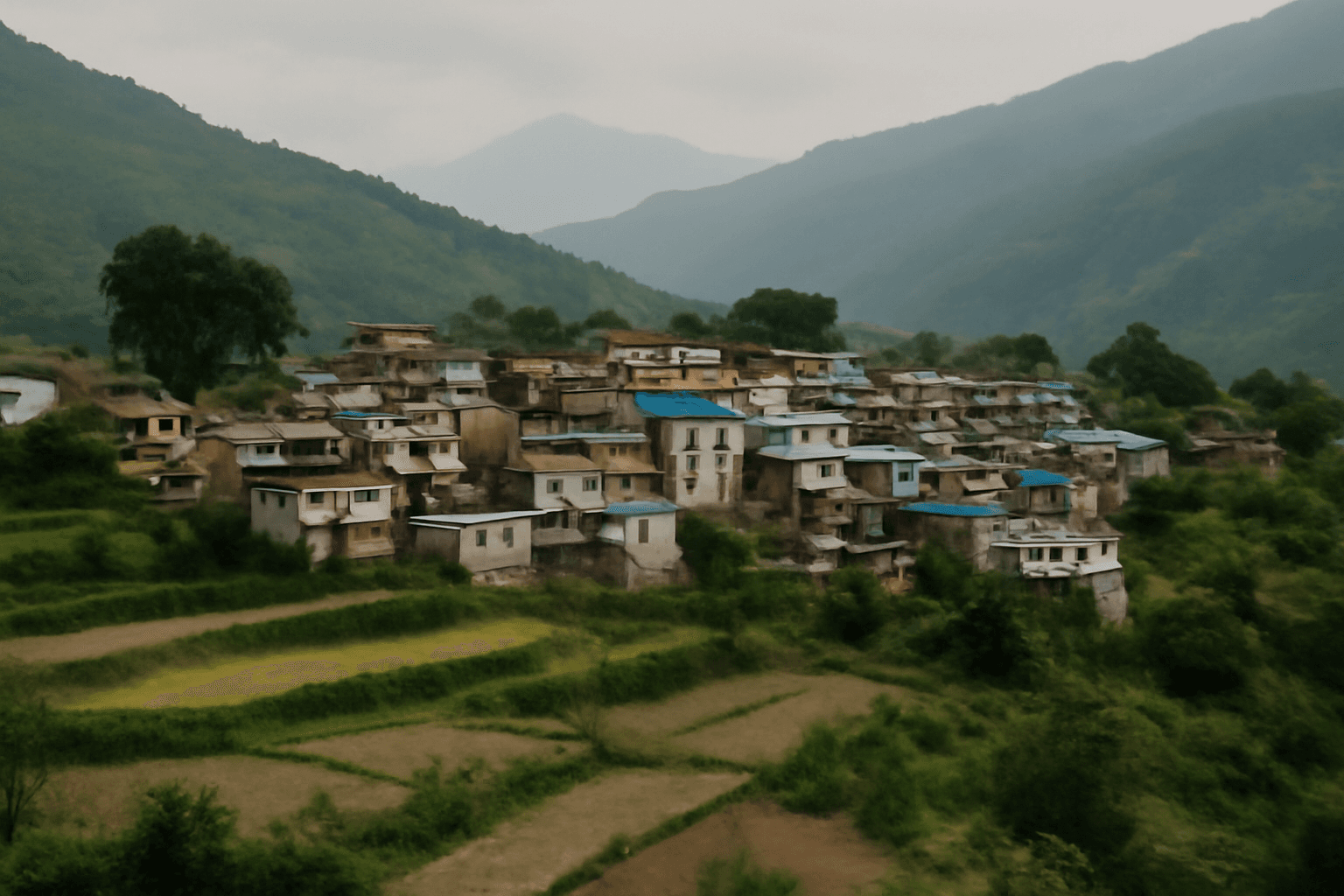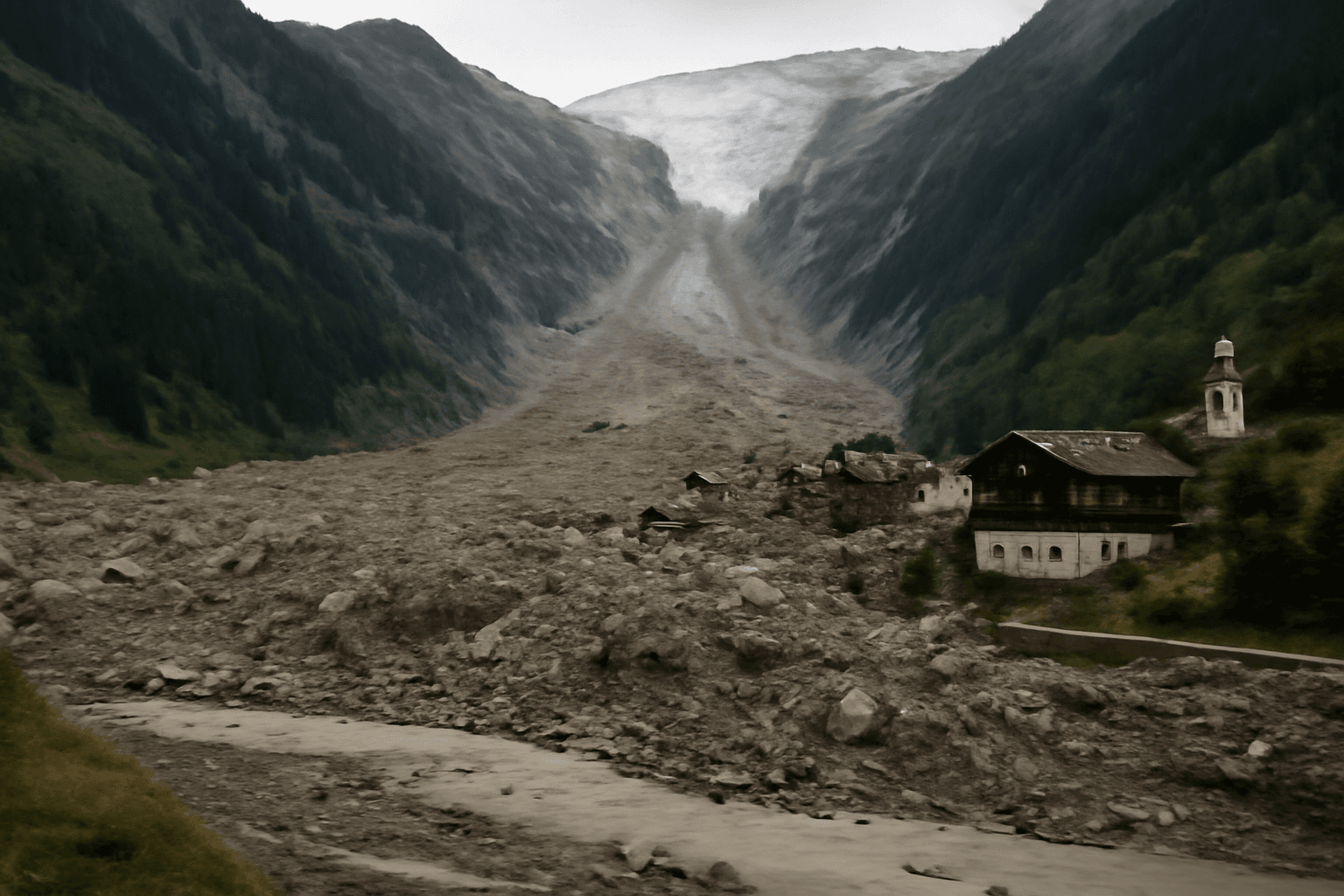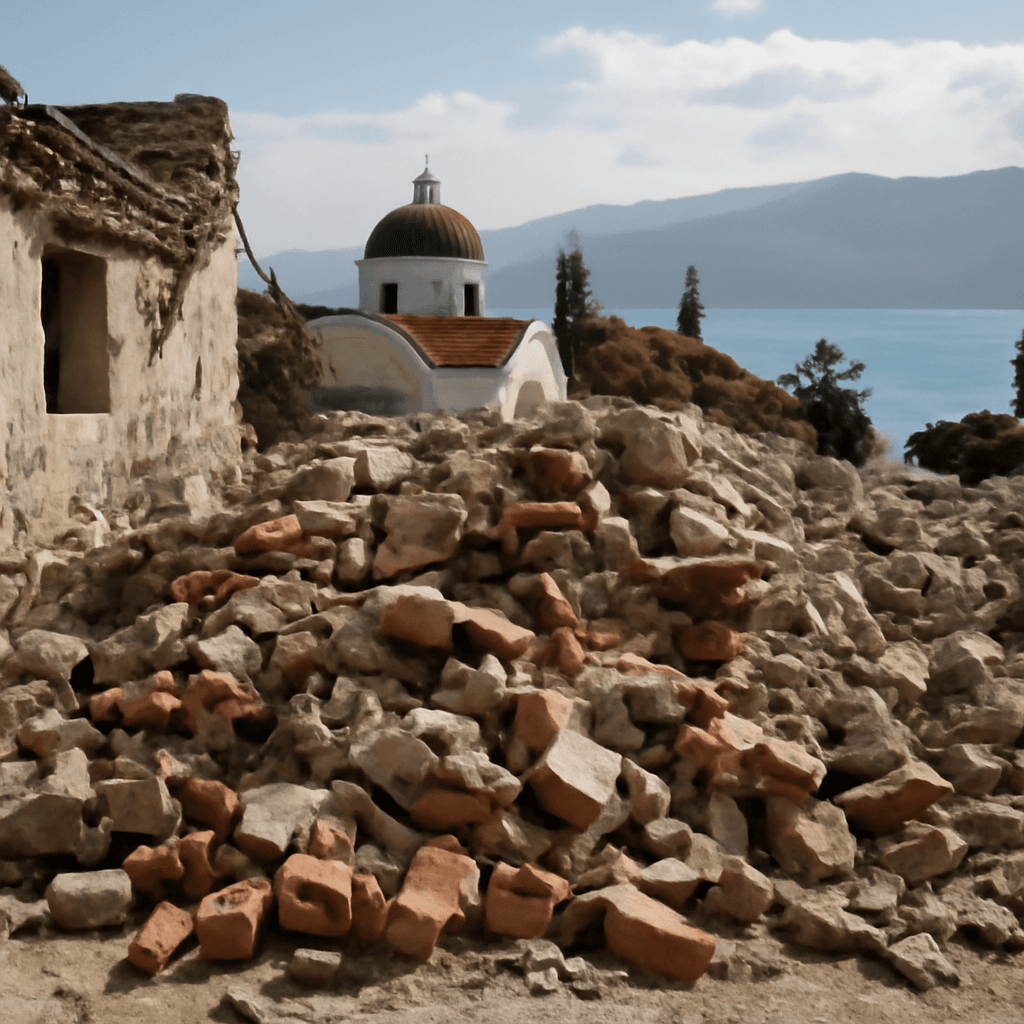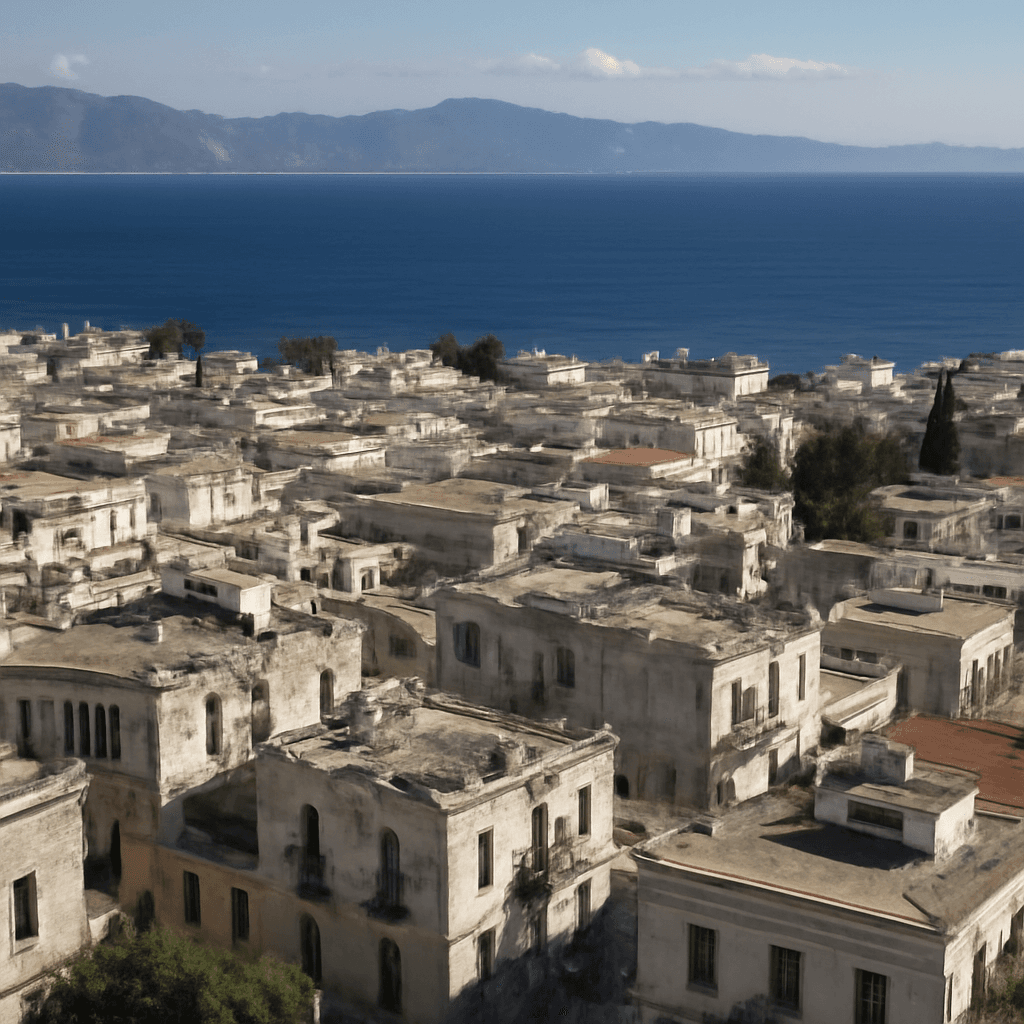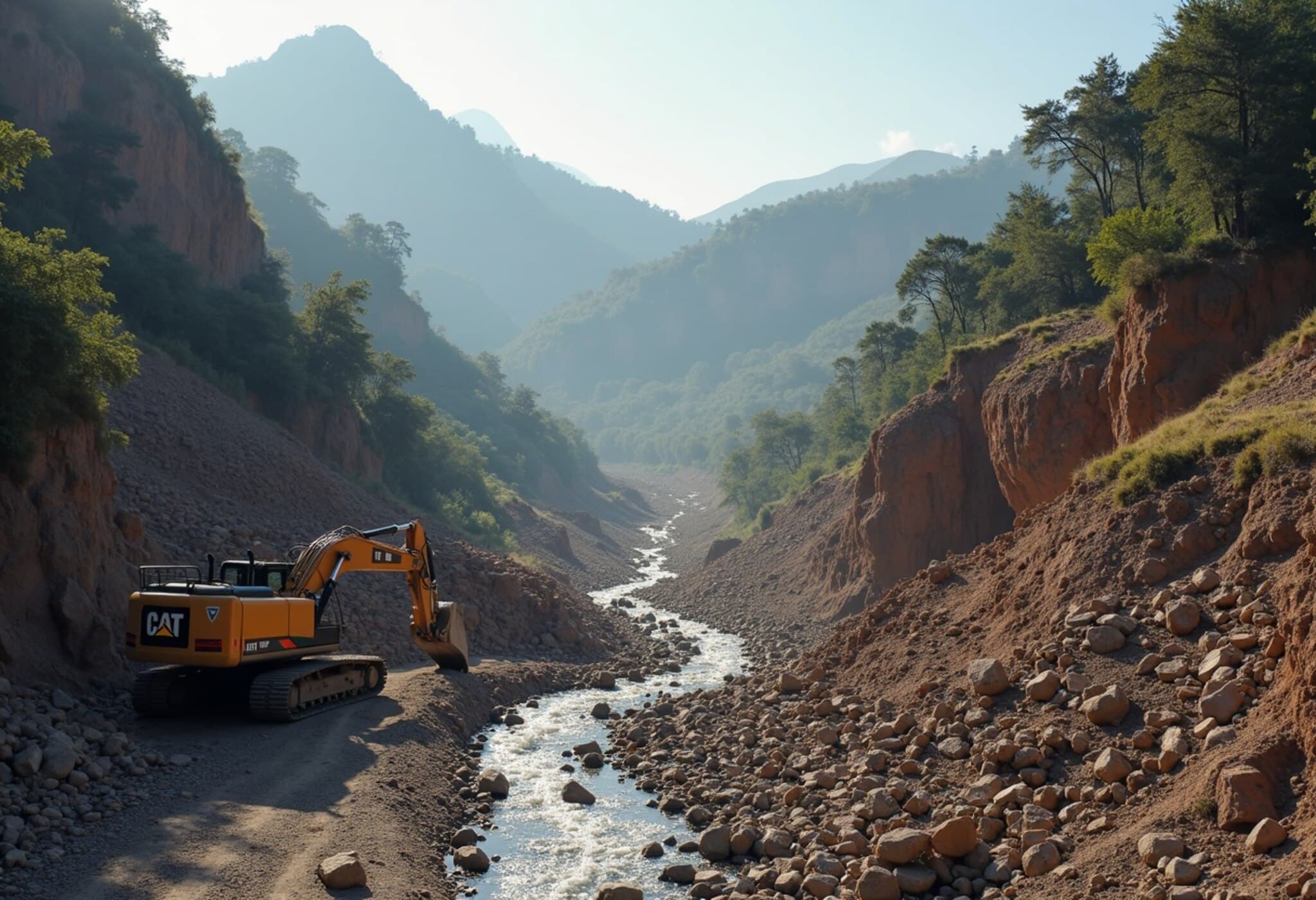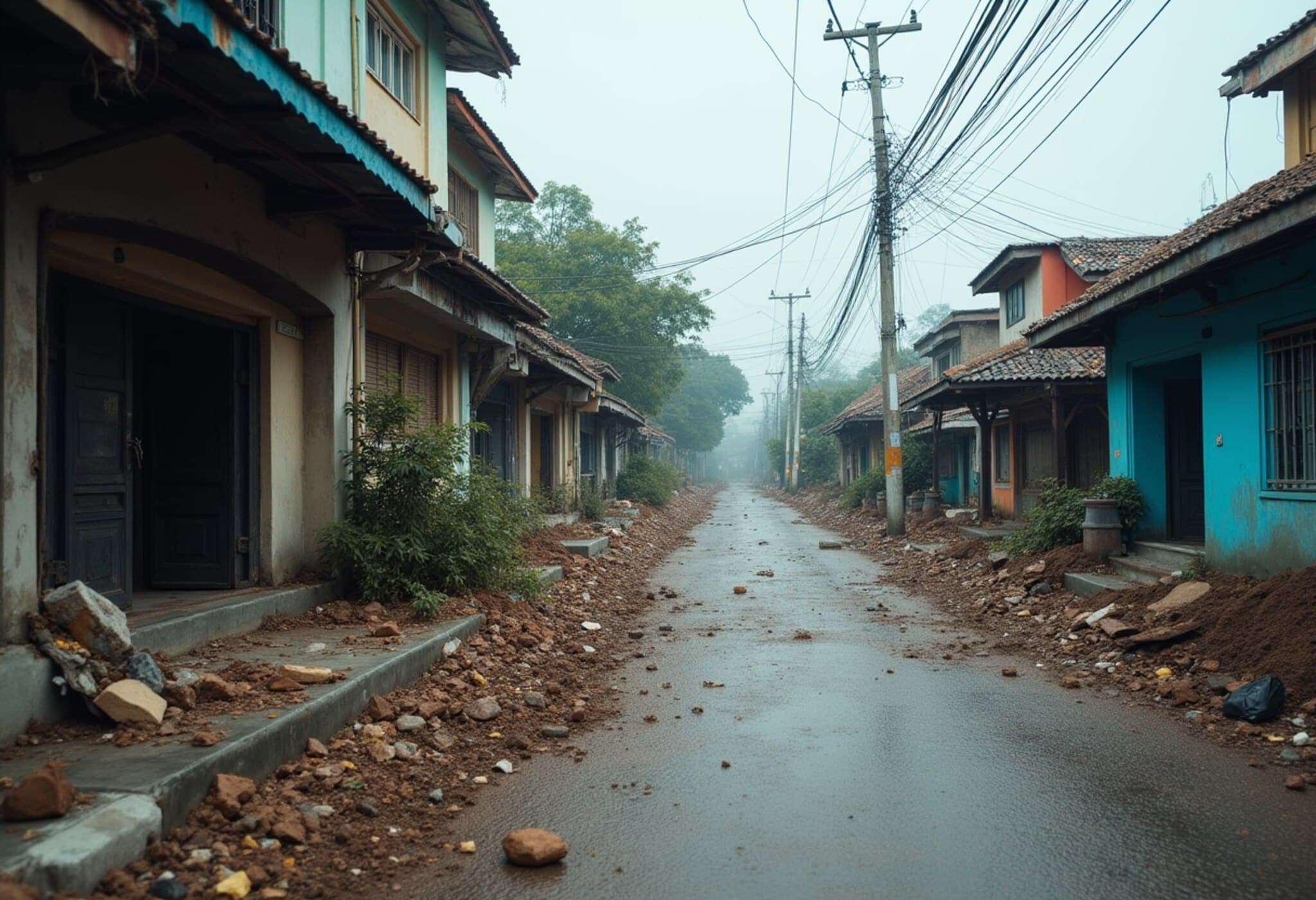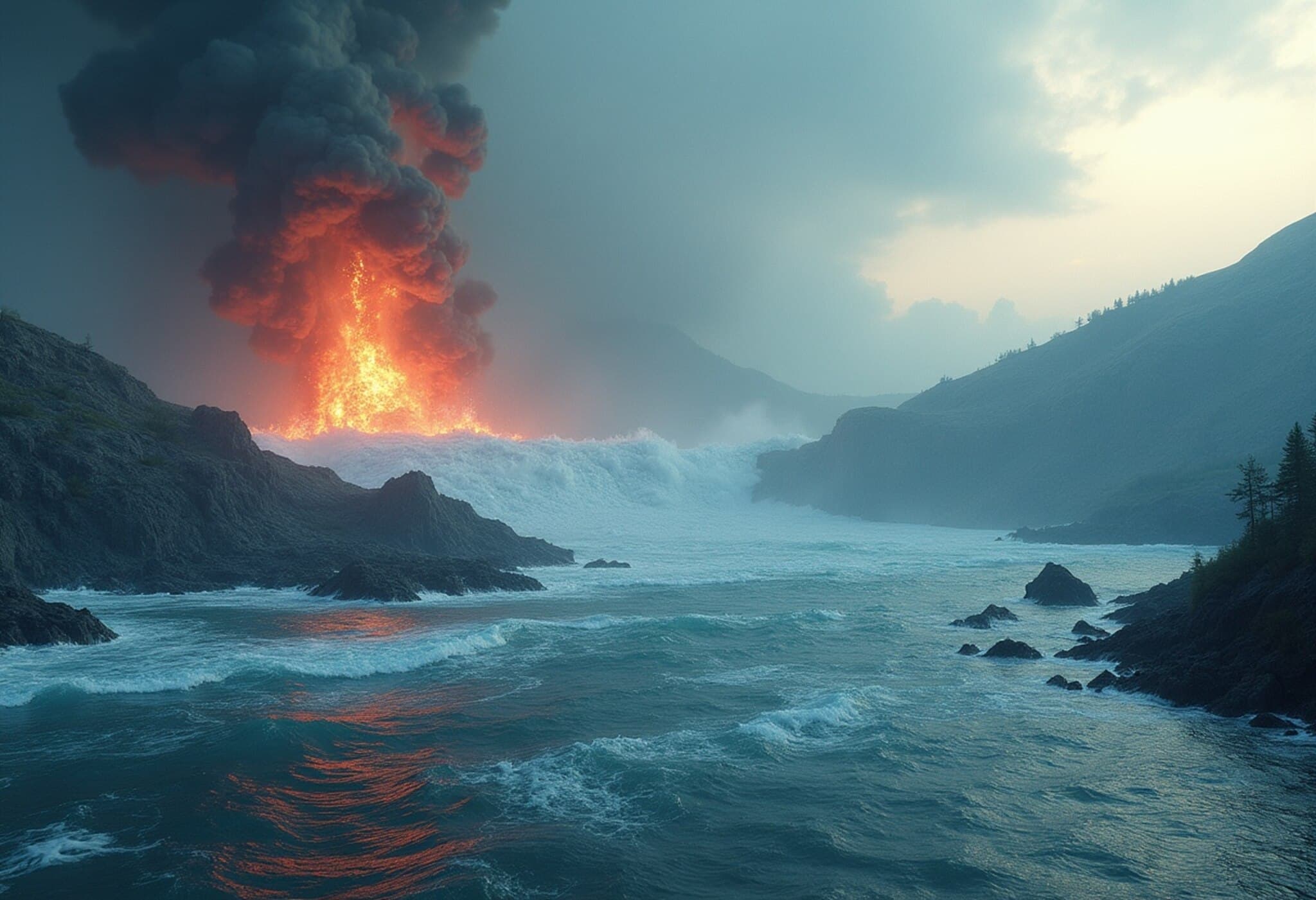Emergency Authorities Lift Tsunami Warning for Kamchatka Peninsula
On August 3, 2025, Russian emergency officials announced the cancellation of a tsunami warning for the Kamchatka Peninsula following a significant seismic event. Earlier that day, a 7.0 magnitude earthquake struck the nearby Kuril Islands, triggering initial concerns over a potential tsunami threat to the southern Russian Pacific coastline.
Understanding the Earthquake and Its Geophysical Context
The earthquake originated from a megathrust fault, part of the notorious Ring of Fire—a tectonic boundary known for frequent and powerful seismic activity encircling the Pacific Ocean. Experts have noted that this quake ranks among the top ten most potent earthquakes ever recorded on this volatile fault line.
Megathrust earthquakes occur when one tectonic plate is forced beneath another, releasing tremendous energy. The Kuril-Kamchatka subduction zone, where the Pacific Plate slides beneath the Eurasian Plate, is especially prone to such seismic events, making it a critical monitoring area for regional and global safety agencies.
From Alarm to Relief: The Tsunami Warning Trajectory
Immediately after detecting the quake, Russian emergency services issued a tsunami alert, prompting precautionary evacuations and heightened alertness across coastal communities on the Kamchatka Peninsula. However, as seismic data and oceanic observations were analyzed, authorities found no tsunami waves of significant height or destructive potential were forming.
Consequently, the ministry lifted the tsunami warning within hours, reassuring residents and stakeholders that the immediate risk had passed. This swift response underscores the growing capabilities of Russia’s disaster management agencies to mitigate risks posed by natural catastrophes in this seismically active region.
Broader Implications and Unanswered Questions
- Emergency Preparedness: This event highlights the necessity for continuous investment in early warning systems along the Pacific Rim, especially for remote regions like Kamchatka and the Kuril Islands where infrastructure and crisis response may be challenged by geography and harsh climates.
- Environmental and Economic Impacts: While no tsunami materialized this time, such earthquakes can disrupt marine ecosystems and local fisheries, potentially affecting the livelihoods of indigenous communities and regional economies.
- Seismic Monitoring: Experts urge enhanced international cooperation on seismic monitoring data sharing to improve predictive models, considering that megathrust events can generate tsunamis crossing oceans, as seen in past Pacific disasters.
Given increasing seismic volatility linked to climate-related stressors and shifting tectonic activity, how will emerging technological advances and policy frameworks evolve to safeguard vulnerable coastal populations? This quake also raises awareness about the delicate balance between natural forces and human resilience.
Expert Insight
Dr. Elena Petrova, a seismologist at Moscow State University, explained, “While a 7.0 magnitude earthquake is undeniably powerful, not every quake of this magnitude produces a tsunami. The dynamics depend on the fault’s movement characteristics and underwater topography. Rapid assessment and communication are critical to avoid unnecessary panic yet ensure public safety.”
What Lies Ahead?
Communities across the Russian Far East remain vigilant as aftershocks are a common occurrence following such seismic events. Continuous public education about earthquake preparedness and tsunami response remains essential.
As the world watches, this incident reinforces the urgent need for robust, cross-border disaster response strategies and highlights the resilience of populations living at the edge of one of the most geologically active regions on Earth.


